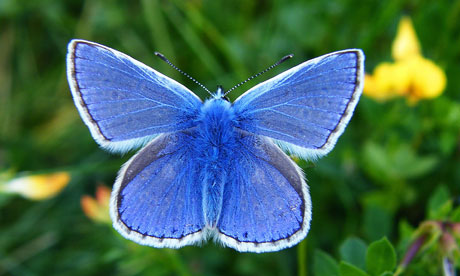
The precipitous decline has been blamed on poor agricultural practices and pesticides, by the European Environment Agency, which carried out the research. Falling numbers of butterflies are bad news not just for nature-lovers and for biodiversity, but have a knock-on effect on farming, as - like bees - they act as pollinators, and their disappearance harms birds and other creatures that need them for food.
Butterfly populations are a leading indicator of the health of other insect species. The new study therefore suggests many other species of insect, which are also food sources for birds and small mammals, and which play a key role in the health of the countryside, are also under threat.
Scientists from the EEA, the European Unoin's environment watchdog, looked at 17 key species of grassland butterflies, of which seven were common species and 10 more specialist, using data gathered from 1990 to 2011 in 19 European countries. Of the total 17 species, eight have declined, including the common blue, which has suffered a serious fall in numbers; two species remained stable, including the Orangetip; and only one increased. The trend for the remaining six species is still uncertain, including the much-appreciated Lulworth skipper, beloved of butterfly watchers.
Grassland butterflies make up the majority of butterflies in Europe, with over 250 species out of the more than 400 found in Europe. Others species prefer to colonise woods, wetlands, heaths and other habitats. Chris van Swaay, one of the authors of the report, from the Dutch conservation organisation De Vlinderstichting, said that the same pesticides that affect bees - leading to the EU to ban certain products, at least temporarily - also have an effect on butterflies. "The pesticide problem is especially a problem in the intensive agricultural areas of western Europe," he said. "In eastern Europe, it is less of a problem."
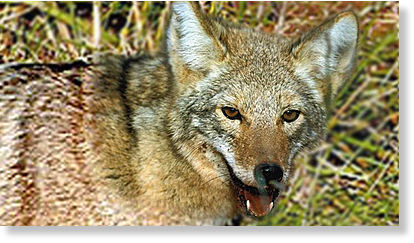

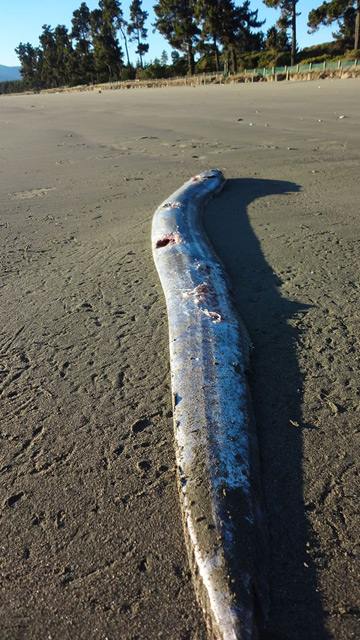
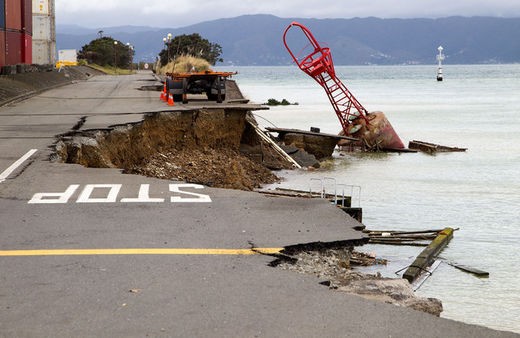

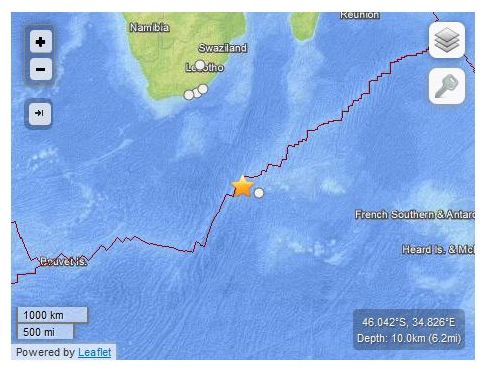
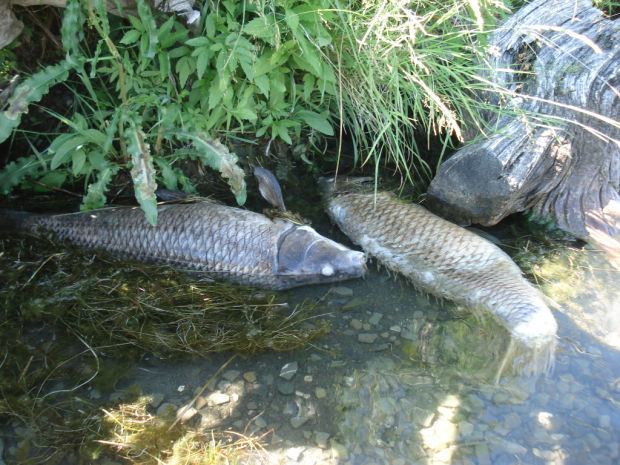



Comment: There actually are things that governments could do to alleviate suffering, if they had any conscience. The diversion of crops for biofuels could be ended, the wealth inequality could be addressed and the hold of the banking cartel could be put at an end for starters. None of this is likely to happen because most governments are controlled by a wealthy oligarchy whose only concerns are the continuation of their status and luxurious lifestyles. However, as far as climate change, there is little at this juncture that can be done.The real threat is not global warming, but from cyclical cometary bombardments. The earth has been increasingly bombarded with comets and meteors; the related cometary dust loading in the atmosphere and the changes in the earth's magnetic field have caused wild fluctuations in the weather and consequent disruptions in crop production. As the PTB well know, there is nothing to be done thus they are hiding the real causes. These psychopaths in power know that as soon as the real threat from cometary bombardments becomes obvious, their reign of terror may come to an ignominious end. For a more complete explanation read:
Celestial Intentions: Comets and the Horns of Moses
Forget About Global Warming: We're One Step From Extinction!
Climate Change Swindlers and the Political Agenda
Reign of Fire: Meteorites, Wildfires, Planetary Chaos and the Sixth Extinction